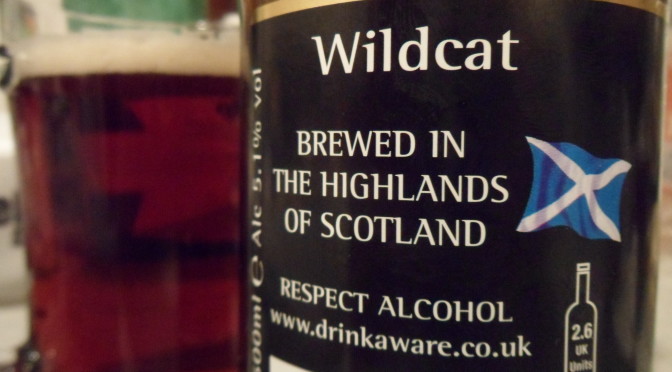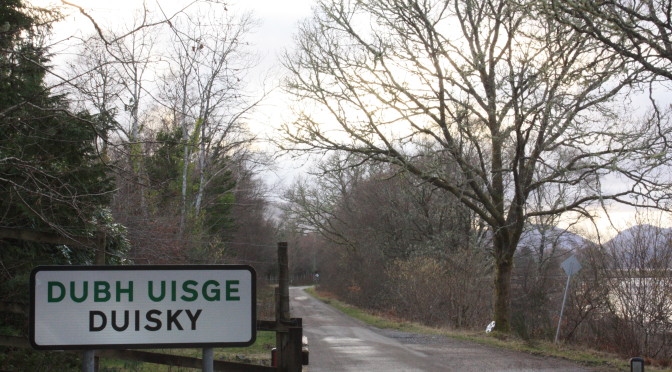About why I love Turkey Day
Turkey Day has come and gone – and I loved every second of it. It is, for me, the most enjoyable, most relaxing and, dare I say, most civilised holiday in the American calendar.
This year was the first time I was able to celebrate Thanksgiving Day, traditionally held on the fourth Thursday in November, as an American resident. It was an excellent occasion spent in the company of family, friends and neighbours.
Thanksgiving Day reveals everything good about the USA. Outsiders, myself included, are often quick to latch on to the negative aspects of American life. But once a year the country rolls out the welcome mat and shows its good side, the kindness and warm-hearted nature of its people.
In the UK there is no equivalent festival, nothing that compares. The general rule over here is that no-one should spend Thanksgiving Day alone. On Thursday the gathering at which I was present included an elderly across-the-road neighbour, friends who had travelled from San Diego, and a single friend of relatives. It was the same story in thousands of homes across the nation.
The centerpiece of any Thanksgiving Day celebration is a turkey. In our case a 15 pounder – small by comparison – was enough to feed 16 people. There was also baked ham, mashed potatoes, stuffing, roasted brussels sprouts, butternut squash, green beans and dinner rolls.
That lot was followed by traditional homemade pumpkin pie, as well as apple pie and pumpkin bread pudding served with Cointreau custard sauce. It was quite a feed. And everyone present made a culinary contribution.
It’s tempting to say that oversized meals like that are symptomatic of “greedy” America. But Thanksgiving is essentially a harvest festival, dating back to the days of the Pilgrims and the Puritans.
In November 1623, William Bradford, the Governor of the Pilgrim Colony in Plymouth, Massachusetts, proclaimed, “All ye Pilgrims with your wives and little ones, do gather at the Meeting House, on the hill… there to listen to the pastor, and render Thanksgiving to the Almighty God for all His blessings.”
So food has been at the heart of Thanksgiving right from the start. But you may have noticed something missing, a crucial omission that makes the festival stand out as my favourite American holiday.
Nobody brings gifts or presents; it is never expected. You are quite simply welcomed into people’s houses without question. That is what makes Thanksgiving special, distinct from the crass commercialism that now surrounds Christmas when everyone is under pressure to get the best present.
Of course there is a commercial aspect. The Macy’s Day Parade every Thanksgiving morning is named after a New York department store. But Americans, just for this one day, take pride in keeping it to the minimum.
And they make a great job of it. In my experience, Thanksgiving Day is a happy, family-oriented occasion with the emphasis on simple togetherness and camaraderie.
It’s a bit of a shame that it is followed by possibly the worst day in the calendar – Black Friday – when people are trampled in a headlong rush down department store aisles to get their hands on that cut-price Xbox. But stay away from the shopping malls and you don’t notice the mayhem.
Christmas Day is next on the agenda, and of course I will enjoy that as always. But roll on next year’s Thanksgiving and bring on the turkey again.


